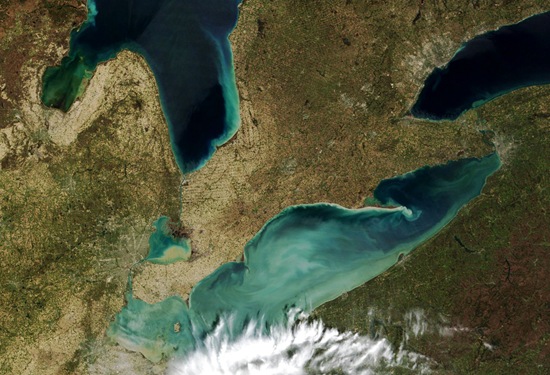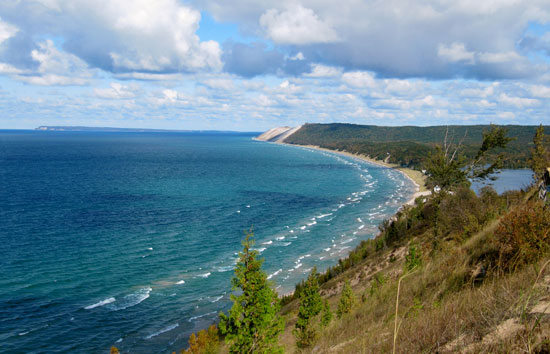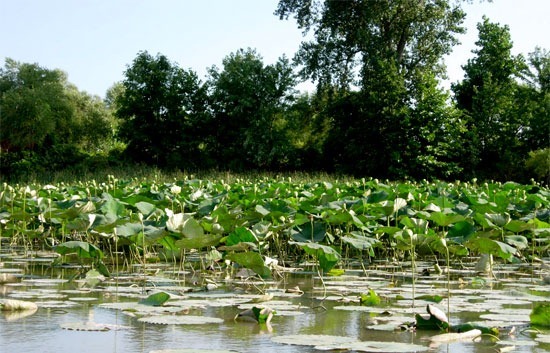Re-piecing our wetlands: Grant money to help restore Lake Erie marsh
0
A Great Blue Heron at Magee Marsh in northern Ohio.
“Wetlands restoration is like reassembling a giant … jigsaw puzzle, one little piece at a time,” once remarked a Toledo Blade environmental writer. Well, the U.S. Fish and Wildlife Service announced yesterday it is committing $1.8 million put some of those pieces back together.
The money will fund the protection and restoration of more than 1,500 acres of wetlands and wildlife habitat in Wisconsin, Ohio, Michigan, New York and Pennsylvania. Of those funds, $150,013 will support the restoration of Magee Marsh, along Lake Erie’s western basin in northwestern Ohio.
The Lake Erie marshes have historically been the home of waterfowl, waterbirds, shorebirds, and songbirds, as well as the site of intense private waterfowl hunting. In addition to providing a diverse fish and wildlife habitat, the wetlands also support many irreplaceable types of flora and fauna, protect water quality, and help control erosion. They are recreational sites for hunting and birding, as well as resources for scientific research.
Wetlands are also extremely fragile, however, and they’ve been damaged by destruction, pollution, and other human impacts. The state of Ohio has lost more than 90 percent of its wetlands in the last 200 years because of these activities — dropping from about 5 million acres to less than 500,000. In fact, Ohio’s wetlands have experienced the worst diminishment compared to any other state.
In the interest of undoing some of this damage, the goals of the Magee Marsh project are to “reduce habitat fragmentation and improve water quality in a highly altered watershed through the restoration of 110 acres of forested and emergent wetlands and enhancement of 282 acres of emergent wetlands,” according to the USF&WS. Ducks Unlimited will receive the funding for the Magee Marsh restoration, along with two more of the seven total projects funded by the grant program.
Funding for the program came from the Great Lakes Watershed Habitat and Species Restoration Initiative Grants Program, administered by the USF&WS.
$1.8 million in grants awarded to protect and restore Great Lakes wetlands and wildlife habitat [U.S. Fish & Wildlife Service] Ducks Unlimited awarded $150,013 for Magee Marsh [The Toledo Blade] Magee Marsh Wildlife Area [Ohio Department of Natural Resources]
Image Credit: http://www.flickr.com/photos/little_kingfisher/4568013302/in/set-72157623479727178/













